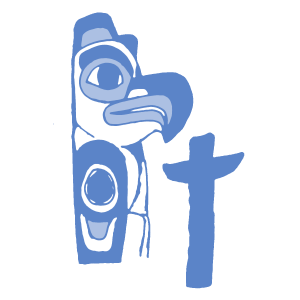Culturally Safe Post-Secondary Education

Creating culturally safe post-secondary experiences for students and staff who are Indigenous means bringing a critical theory lens to the examination of our individual practice and the institutional framework. Everything about post-secondary education is founded on a colonial worldview and value system. Cultural safety involves decentring Eurocentric curriculum and pedagogy to make way for Indigenous ways of knowing and being as more than mere add-ons. How can this be achieved? We need to take our cues from post-secondary students and employees who are First Nations, Métis, and Inuit.
Dr. Sheila Cote-Meek, author of, Colonized Classrooms: Racism, Trauma and Resistance in Post-Secondary Education, writes from their own lived experience and that of students and staff interviewed about the challenges in entering the post-secondary setting, and suggests what is needed for Indigenous students and staff to feel safe on campus and in the classroom. For a summary of the book see this Cote Meek Summary.
Two problematic common denominators arise out of the experiences students and staff share in the book:
- Being called upon as the expert in all things Indigenous.
- Experiencing racist stereotypes that go unaddressed.

These and other concerns are also discussed in a CBC Unreserved podcast interview Decolonizing the classroom: Is there space for Indigenous knowledge in academia?
Key suggestions, made in the book and podcast, for how to move forward in creating cultural safety in the academy are as follows:
- Allow students and staff the freedom to remain in their areas of learning and expertise by not calling on them to be Indigenous specialists.
- Create an Indigenous Services support system that includes a culturally appropriate space, peers, mentors, Elders, and community members.
- Establish an Indigenous community consultation process for planning and decision-making.
- Form an Indigenous Education Advisory Committee.
- Change human resources policies to support the hiring of a cluster of Indigenous staff who will provide support and mentorship to one another.
- Conduct research with Indigenous people, not on Indigenous people.
- Acknowledge community Elders and Knowledge Keepers as holding valued information.
- Seek out ways to give back to the Indigenous communities in your area.
- Forge pathways that make post-secondary education more accessible to students who are First Nations, Métis, and Inuit.

